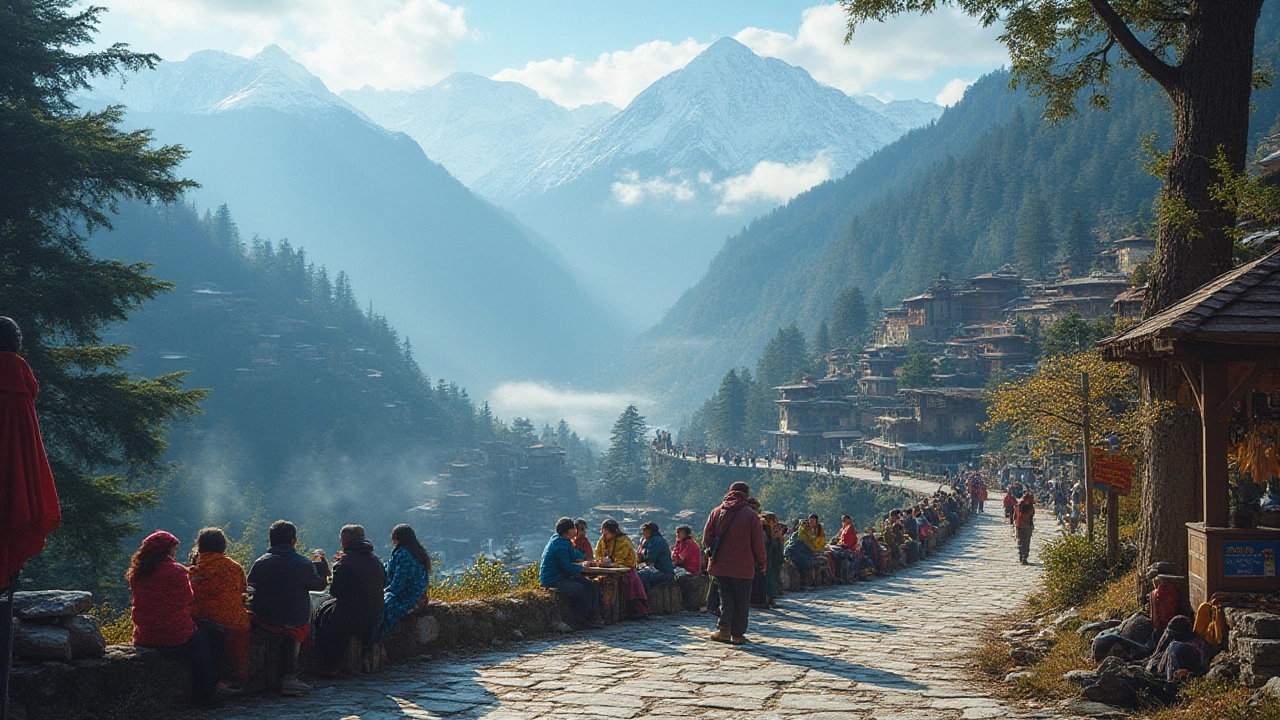
Curious about India's best hill station state? Explore where most hill stations are, what makes them special, and tips to plan your trip.
When talking about Hill Stations in India, cool retreats perched in the country's mountain ranges, known for scenic valleys, misty mornings and a break from the heat. Also called mountain resorts, they draw families, solo explorers and adventure fans alike. Visiting these places hill stations India can feel like stepping into a different climate, but the experience hinges on a few key factors: safety, timing, cost and the natural attractions that surround them.
First up, travel safety, the set of precautions and resources needed to stay secure while moving through unfamiliar terrain. In the hills, safety means checking weather alerts, carrying basic medical kits and knowing local emergency numbers. A recent safety guide for India highlighted that most hill stations have well‑trained local police and modest tourist‑help centers, so staying informed before you go cuts down risk. Pair safety prep with proper gear, and you’ll feel confident whether you’re strolling through Shimla’s Mall Road or trekking near Darjeeling’s tea gardens.
Next, the best time to visit, the seasonal window when weather, crowds and festivals align for optimal enjoyment. Generally, October to March offers crisp air, clear skies and vibrant local fairs. During monsoon months (June‑September), landslides can disrupt travel, while the peak winter weeks bring snow‑loving crowds to places like Gulmarg. Knowing the best time to visit helps you avoid crowds, secure better accommodation rates and capture festivals like the Kullu Dussehra, which adds cultural flair to your mountain escape.
Budget matters, too. travel cost, the sum of transportation, lodging, food and activity expenses for a trip, varies widely across India’s hill stations. For a modest trip, you can find guesthouses at ₹800‑₹1,200 per night, while luxury resorts may charge ₹4,000‑₹8,000. Train rides to the foothills are usually cheaper than flights, and local buses can shave off extra fees. Planning your cost early lets you decide between a cozy homestay in McLeod Ganj or a boutique hotel in Ooty, matching your comfort level without surprise bills.
Don’t forget the natural side trips. wildlife sanctuaries, protected areas that harbor diverse flora and fauna, often nestled close to hill stations, add extra adventure to your itinerary. For example, the Nanda Devi Biosphere Reserve lies near Almora, offering guided treks to spot snow leopards and rare birds. These sanctuaries not only boost biodiversity but also give hikers a chance to explore less‑trodden paths, enriching the overall mountain experience. Pairing a hill‑station stay with a sanctuary visit creates a fuller picture of India’s ecological wealth.
Finally, cultural experiences and adventure sports round out the appeal of hill stations. Local markets brim with Hand‑crafted woolen shawls, while festivals showcase folk dances and regional cuisine that you won’t find in the plains. If you crave adrenaline, many stations—like Manali and Munnar—offer paragliding, river rafting, and rock climbing. Blending cultural immersion with outdoor thrills ensures every traveler—from the laid‑back photographer to the hardcore trekker—finds something that clicks. Below, you’ll discover a curated list of articles that dive deeper into safety tips, optimal travel windows, budgeting hacks, wildlife spots and more, giving you the tools to plan a memorable hill‑station getaway.

Curious about India's best hill station state? Explore where most hill stations are, what makes them special, and tips to plan your trip.